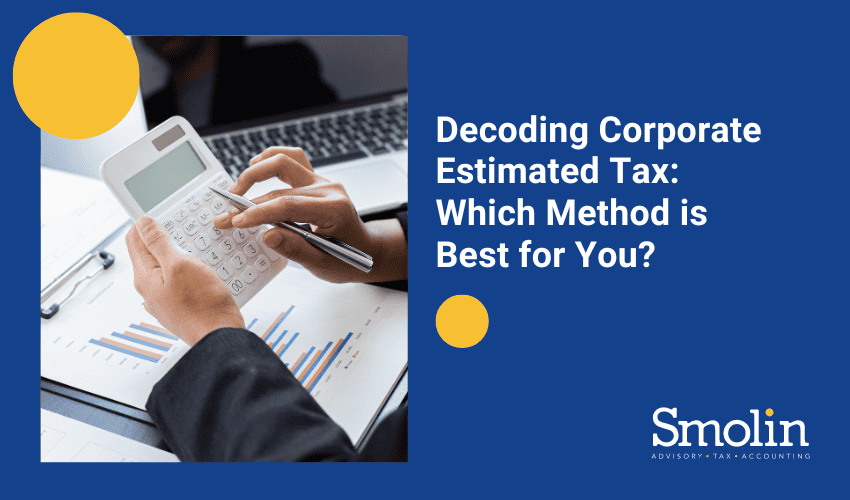Your business can choose between cash or accrual accounting for tax purposes. While the cash method can provide certain tax advantages to those that qualify, the accrual method might be a better fit for some businesses.
To maximize tax savings, you need to weigh both methods before deciding on one for your business.
Small business tax benefits
Small businesses, as defined by the tax code, generally enjoy the flexibility of using either cash or accrual accounting. Various hybrid approaches are also allowed for some businesses.
Before the Tax Cuts and Jobs Act (TCJA), the gross receipts threshold to classify as a small business was $1 million to $10 million depending on factors like business structure, industry, and if inventory significantly contributed to business income.
The TCJA established a single gross receipts threshold and increased it to $25 million (adjusted for inflation), expanding small business status benefits to more companies. In 2024, a small business is defined as having average gross receipts of less than $30 million for the preceding three-year period, up from $29 million in 2023.
Small businesses also benefit from simplified inventory accounting and exemptions from the uniform capitalization rules and business interest deduction limit. S corporations, partnerships without C corporation partners, and farming businesses and certain personal service corporations may still use the cash accounting method, regardless of their gross receipts.
Regardless of size though, tax shelters are ineligible for the cash accounting.
Potential advantages
Since cash-basis businesses recognize income when it’s received and deduct expenses when they’re paid, they have more control over their tax liability. This includes deferring income by delaying invoices or shifting deductions forward by accelerating expense payments.
Accrual-basis businesses, on the other hand, recognize income when earned and expenses are deducted as they’re incurred, regardless of cash flow. This limits their flexibility to time income and deductions for tax purposes.
The cash method can improve cash flow since income is taxed in the year it’s received. This helps businesses make their tax payment using incoming funds.
If a company’s accrued income is lower than accrued expenses though, the accrual method can actually result in a lower tax liability than the cash method. The accrual method also allows for a business to deduct year-end bonuses paid in the first 2½ months of the following tax year and tax deferral on some advance payments.
Considerations when switching methods
If you’re considering a switch from one method to the other, it’s important to consider the administrative costs involved. If your business follows the U.S. Generally Accepted Accounting Principles (GAAP), you’ll need to maintain separate books for financial and tax reporting purposes. You may also be required to get IRS approval before changing accounting methods for tax purposes.
Reach out to your Smolin advisor to learn which method is best for your business.









